
An interview with Eric ‘Winkle’ Brown on the first jet landing on an aircraft carrier
Eric ‘Winkle’ Brown is credited with over 2,400 carrier landings (no one else has come close) as well as being the holder of numerous ‘firsts’. He made
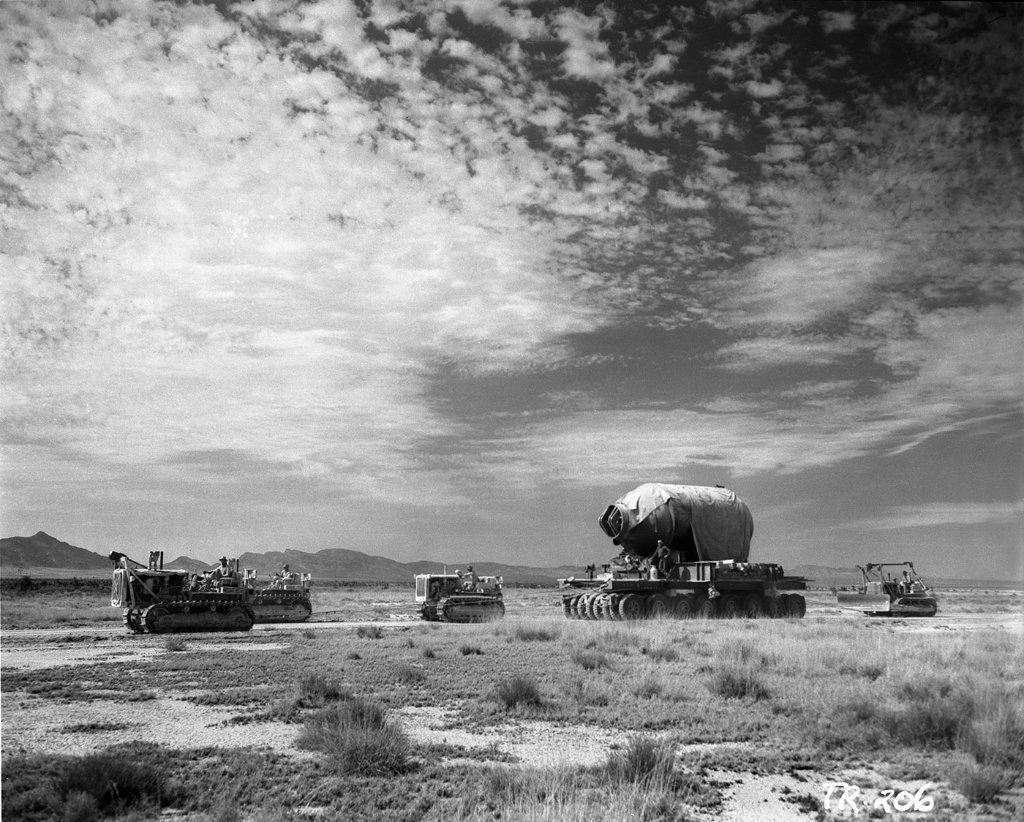
On 8 May 1945, Winston Churchill announced German armed forces had surrendered unconditionally. But, the World War had not completely ended.
In his speech announcing VE Day Churchill spoke of Japan, saying
“We may allow ourselves a brief period of rejoicing; but let us not forget for a moment the toil and efforts that lie ahead. Japan, with all her treachery and greed, remains unsubdued. The injury she has inflicted on Great Britain, the United States, and other countries, and her detestable cruelties, call for justice and retribution. We must now devote all our strength and resources to the completion of our task, both at home and abroad. Advance, Britannia! Long live the cause of freedom! God save the King!”
The plan to use an atomic bomb to end the Japanese involvement in the war had already been discussed the previous year, between Churchill and Roosevelt. It was documented in the Hyde Park Aide-Mémoire. Roosevelt would not see the use of the nuclear bomb, or the end of the war in Europe. He died on 12 April 1945, being replaced by his vice president, Harry S. Truman.
By VE Day in 1945, the Manhattan Project plan for the Trinity test was well advanced. ‘Trinity’ was the code name of the first detonation of a nuclear device that was to take place at Alamogordo in the New Mexico desert.
The test was planned and directed by Kenneth Bainbridge, an American physicist. He originally joined Robert Oppenheimer’s Los Alamos project developing X-ray instrumentation for examining the explosions. In March 1944 he was given responsibility for planning the Trinity test.
The test was of a plutonium implosion-type weapon, nicknamed ‘The Gadget’. It was the same design as the Fat Man bomb.
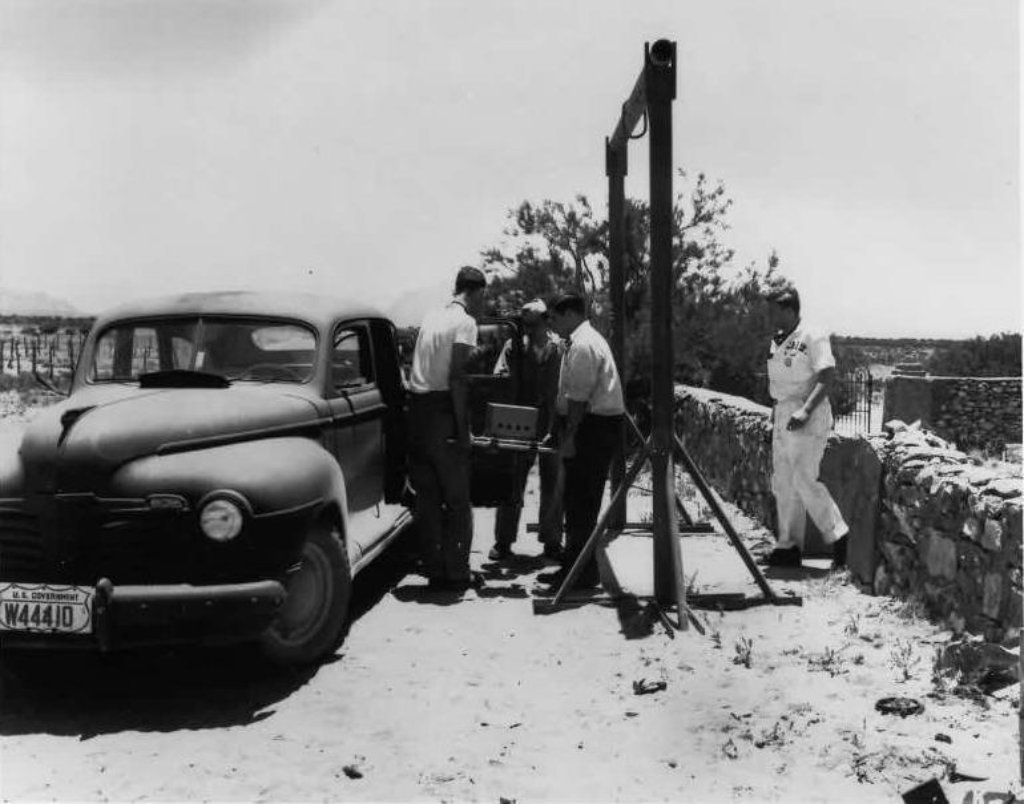
Because of the complexity of the implosion-type weapon, there was only one chance to conduct the test correctly. In winter 1944, Bainbridge made his request to conduct a pre-explosion rehearsal in May the following year. Little was known about blast effects at the time, so Bainbridge planned to practice timing sequences and calibrate the instruments that would detect airborne debris, the force of the blast, thermal radiation and other factors. Oppenheimer was initially sceptical, but gave permission.
7 May 1945 – The pre-explosion rehearsal, known as the ‘100 Ton Test’, was held. 100 tons of TNT, with radioactive material added to it, was stacked in a cube shape on a 20 foot high wooden tower and detonated. The explosion was visible 60 miles away.
Despite his initial scepticism, Oppenheimer later agreed that the pre-test produced data that contributed to the success of the Trinity test. The 100 Ton Test was the largest blast measured at that point in time. The Trinity test would be 200 times as powerful.
The implosion-type weapon was complex. Groves was concerned at having to explain to the senate the loss of billions of dollars of materials should the Trinity test go wrong. To combat this concern ‘Jumbo’ was produced. It was a steel cylinder, measuring 10 feet in diameter and 25 feet long. The walls of Jumbo were 14 inches thick and the entire device weighed 200 tons. It was designed to contain The Gadget, and in case of the failure of the bomb, Jumbo would preserve the rare plutonium for future use. The cost to produce the massive device was $12 million.
Jumbo was carried on a special train to within 25 miles of the test site. At the time it was the heaviest item ever moved by rail. It was then transferred to a large trailer and towed the rest of the journey, being delivered in May 1945.
By the time Jumbo arrived the reactors at Hanford were producing enough plutonium that there would be enough for a second test if needed. There was also a worry that Jumbo would interfere with the collection of data from the explosion. It was decided that Jumbo would not be used.
General Groves was concerned that there would be criticism for spending $12 million without need, so in 1946 he ordered that Jumbo be destroyed. However, eight 500 pound bombs only succeeded in blowing the ends of it. The remains of Jumbo can still be seen at the Trinity site.
The scientists wanted good visibility for the Trinity test, and good weather. Rain and winds would increase the danger from the radioactive fallout and interfere with observation of the test. The best weather was forecast for 18-21 July.
The Potsdam Conference was due to start on 16 July. The conference was arranged for ‘the Big Three’ (Britain, the United States and the Soviet Union) to negotiate terms for the end of World War II. President Harry S. Truman wanted the test to be conducted before the conference, so the Trinity test was scheduled for 16 July 1945.
The bomb was assembled at the test site days before the test, and raised to the top of a 100 foot steel tower in preparation for the detonation of the device. Detonation at that height would give a better indication of how the weapon would behave when dropped from a Boeing B-29 Superfortress, the bomber that was chosen to carry the atomic weapon.
On the day of the test it was pouring with rain. The observers included General Leslie Groves, Robert Oppenheimer and a number of the leading American scientists. The scientists present from the British delegation included James Chadwick, Rudolf Peierls, Geoffrey Taylor and William Penney.
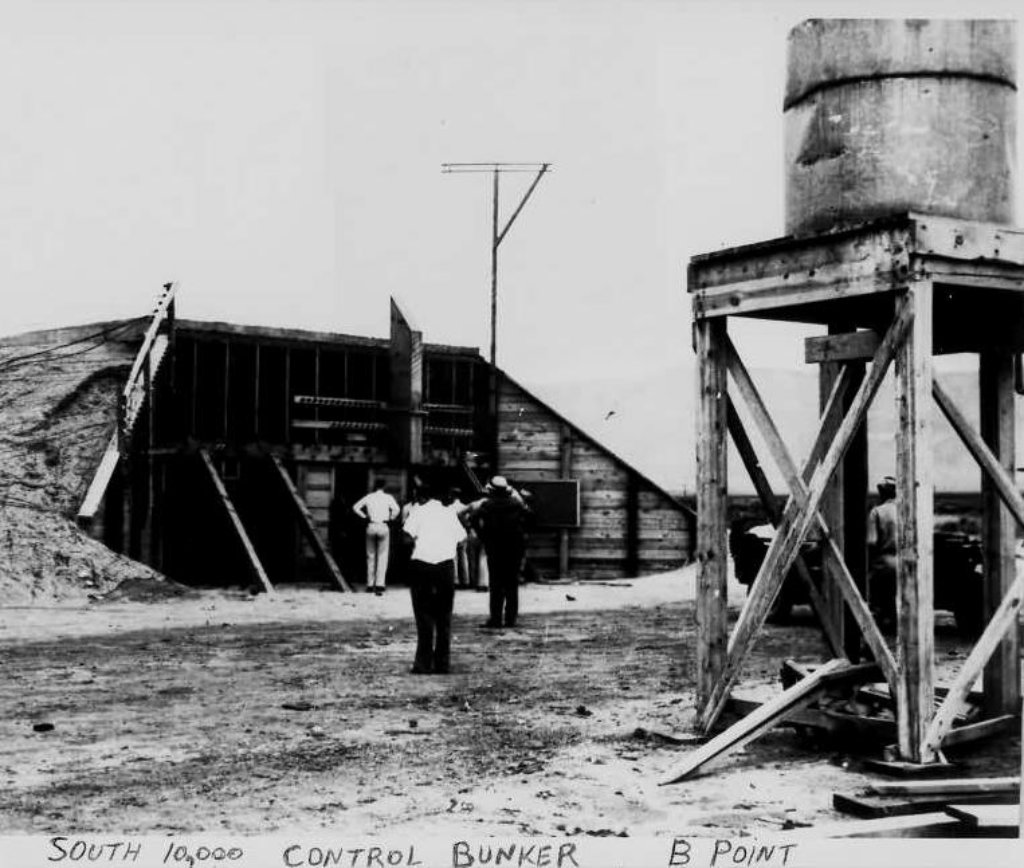
Three observation points were established at almost six miles from the bomb. They were wooden shelters protected by concrete and earth. Groves and Oppenheimer watched the test from two different sites so that if one was killed in an accident the other might survive to direct continued efforts.
At 5:30am, on Monday 16 July 1945, the nuclear age began!
The device exploded over the New Mexico desert, vaporizing the tower. The mushroom cloud reached 7.5 miles in height.
The Theoretical Division at Los Alamos had predicted an energy release of between 5 and 10 kilotons of TNT. Immediately after the blast, two lead-lined Sherman tanks gathered soil samples for radiochemical analysis. The samples indicated that the total energy release had been around 18.6 kilotons of TNT. A re-analysis of data, published in 2016, put the yield at 22.1 kilotons of TNT.
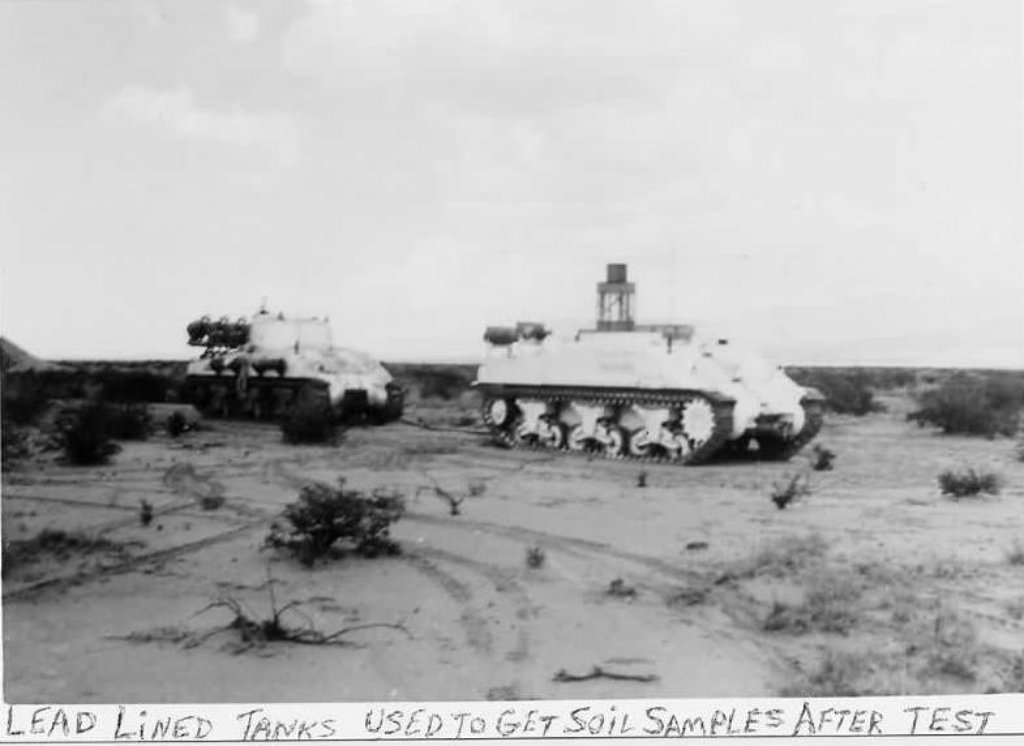
Inside the pit of the device was a polonium-beryllium modulated neutron initiator, a development of the technique that James Chadwick had used to discover the neutron in 1932. William L. Laurence, a New York Times reporter attached to the Manhattan Project, wrote that “never before in history had any man lived to see his own discovery materialize itself with such telling effect on the destiny of man.”
Seconds after the explosion, a huge blast wave and heat seared out across the desert. Jumbo, weighing over 200 tons, was knocked ajar even though it stood half a mile from the test site!
Groves and Oppenheimer met later that morning. Groves said “I am proud of you” to Oppenheimer. Groves’ assistant, Thomas Farrell, then said to his boss “the war is over,” Groves replied, “Yes, after we drop two bombs on Japan”.

Eric ‘Winkle’ Brown is credited with over 2,400 carrier landings (no one else has come close) as well as being the holder of numerous ‘firsts’. He made
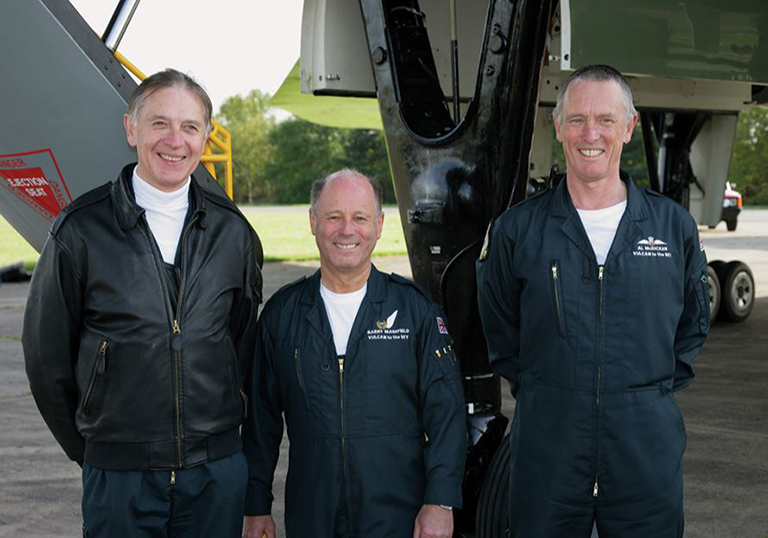
Barry Masefield was the Air Electronics Officer (AEO) for Vulcan XH558 and had flown in this iconic aircraft for over 30 years, also being a
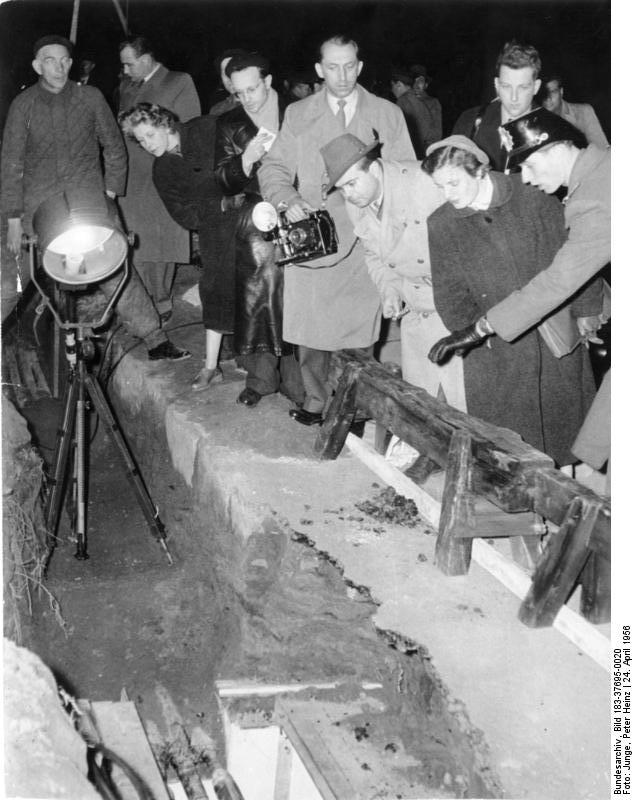
On 19 October 1945, just over two months after the atomic bombings of Hiroshima and Nagasaki, English writer George Orwell’s essay, “You and the Atomic Bomb” , was published
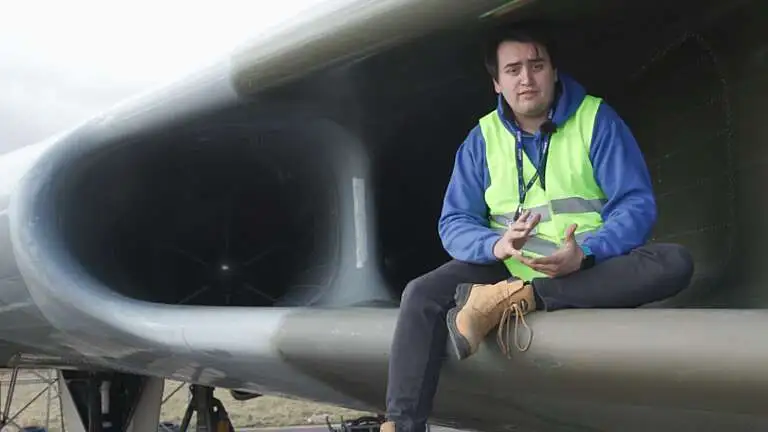
When Sam Scrimshaw visited Waddington Airshow in 2013 little did he know that one of the aircraft on display would catch his attention in a